Community Paramedicine Program

Location: County of Renfrew, Ontario
Partners:
County of Renfrew, Ontario Ministry of Health, local hospitals, paramedic services, and private telehealth providers
Summary:
A PPP-enabled service where paramedics perform non-emergency home visits, leveraging telehealth technologies in partnership with private providers.
Impact:
Reduced ER visits, improved elderly care access, and optimized resource use in vast rural territories.
Project:
Mobile healthcare delivery to vulnerable rural populations.
Overview:
A proactive healthcare program using paramedics to deliver in-home care, enabled through partnerships with telehealth providers and academic institutions.
Participants & Stakeholders:
Public Sector: Renfrew County, Ontario Ministry of Health
Private Sector: Telehealth providers (e.g., Medtronic for remote monitoring)
Healthcare: Renfrew County Paramedic Services, local hospitals
Academia: University of Ottawa (program evaluation)
Leadership: Chief Michael Nolan, Renfrew County Paramedic Services
Consulting Vendors: Health systems evaluators, medical tech specialists
Value Role Mapping:
County & Health Ministry: Funding, policy enablement
Paramedics: Service delivery
Private tech vendors: Remote diagnostics tools
University: Impact research
Value Contributions:
Ministry: Policy and funding
Paramedics: In-home service delivery
Tech Vendors: Remote patient monitoring
University: Research and outcomes analysis
Goal:
Reduce hospital dependency and improve access to care
Roadmap & Results:
Discovery & Design-
Success Factor: Mapped top 10% of repeat ER users and homebound residents
Planning & Configuration-
Success Factor: Integrated Medtronic remote monitoring into EMS protocols
Pilot & Test-
Result: 25% reduction in emergency room visits during first pilot phaseExecution & Scaling
Result: Expanded to 15+ rural communities in the county
Governance & Innovation-
Impact: $2.1M annual cost avoidance for ER system; model adopted in 3 other Ontario counties
Four value framework lenses:
B2B (Business-to-Business): Value created between private sector actors.
B2C (Business-to-Consumer): Value created from businesses or service providers to individual citizens.
G2B (Government-to-Business): Value delivered from public sector to business ecosystems.
G2C (Government-to-Citizen): Value delivered directly to citizens by government programs or PPPs.
B2B:
Telehealth providers (e.g., Medtronic) formed service delivery and device leasing contracts.
Data-sharing partnerships with hospitals for better chronic care management.
B2C:
Patients received proactive home-based medical care, improving quality of life.
Chronic disease monitoring lowered patient anxiety and improved autonomy.
G2B:
Reduced hospital burden, freeing up capacity for high-acuity care.
EMS agencies enabled to offer new value streams beyond emergency transport.
G2C:
Access to care for seniors and rural citizens.
Fewer ER visits, reduced ambulance wait times.
Value Framework Dimensions:
Economic Value (EV):
Reduced ER visits and hospital readmissions (>$2M/year).
Functional Value (FV):
24/7 mobile health access, chronic condition monitoring.
Experiential Value (XV):
Dignified, in-home care for seniors.
Social/Public Value (SV):
Health equity in rural regions; reduced healthcare system burden.
Strategic/Ecosystem Value (ESV):
Replicable care delivery model across multiple counties.

Business Architecture
Flourishing Principles

Ecosystem
Optimization

Multi Stakeholder
Values

Global Flourish
CUSTOMER CARE
LEGAL
Copyright 2025. Global Flourish. All Rights Reserved.